Schefflera care, the indoor plant for everyone
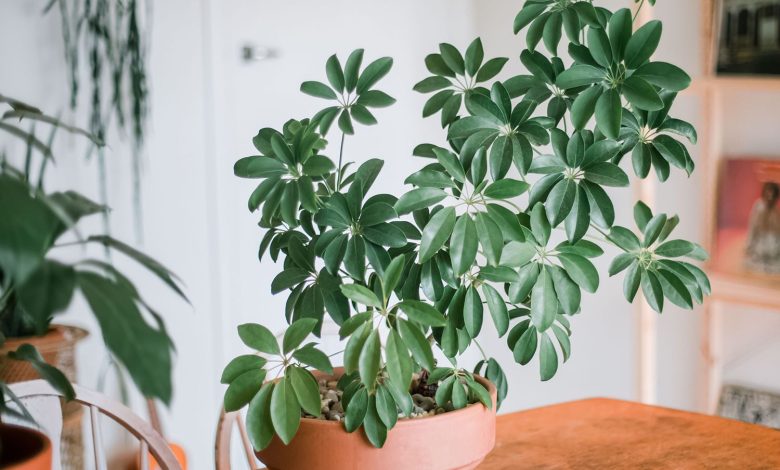
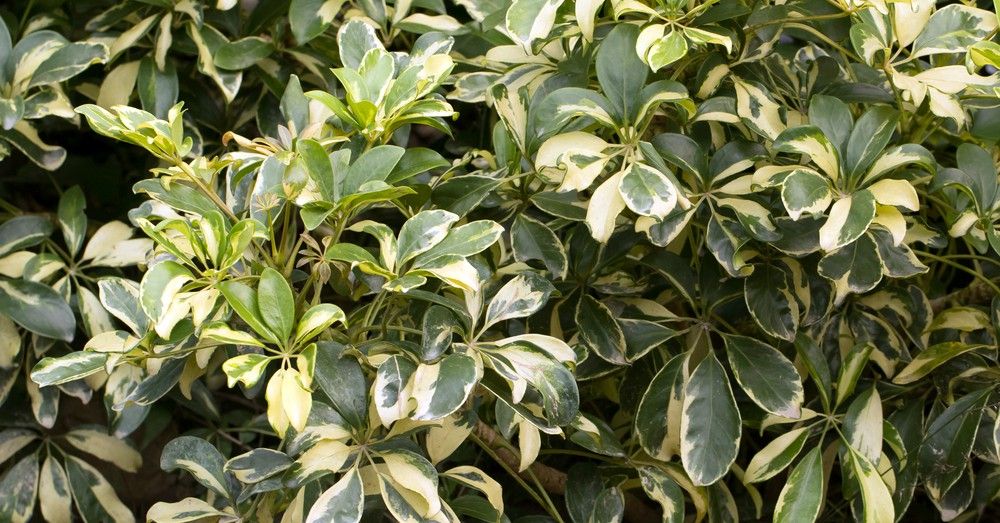
It is one of the quintessential tropical plants to have, yes or yes, at home for a compelling reason: the care of the schefflera is so simple that even the least skilled will not resist its cultivation. And it is that this perennial plant with a glossy appearance and a large number of leaves does not need much more to be long-lived. Just knowing a little about how to grow it to prevent a pest or fungal attack from damaging it.
Indoor plant in cold climates and with good roots in warmer ones, the schefflera is a versatile plant family. Something that makes it possible to find it in bonsai, in a bush, in a pot or even as a small tree with a rounded crown. Be that as it may, the care of the schefflera is the same regardless of its format and the luxuriance of its leaves, in which intense green tones are combined with yellow.
But if the simplicity of caring for the schefflera is not, in itself, a good reason to convince us to have it, there is one more: it is part of the select list of purifying plants recommended by NASA. It works as a vegetable lung that, in addition to decorating in a natural way, will be helping to make the environment of our home or office healthier.
5 CARE FOR THE SCHEFFLERA
Before getting into the matter, let’s make something clear: although the care of the schefflera is simple, that does not detract from the spectacular nature of the plant. Actually, it only makes it easier for us to enjoy it if we know its cultivation particularities.
Let’s see, then, five fundamental keys for any schefflera to accompany us for a long time and even give us its humble but striking red bloom in the form of very fine clusters.
1. Little irrigation and humidity, fundamental in the care of the schefflera
As we have mentioned, the schefflera is a tropical green plant. This origin inherently marks its character in terms of humidity, but we must know it thoroughly since it is a real game of opposites.
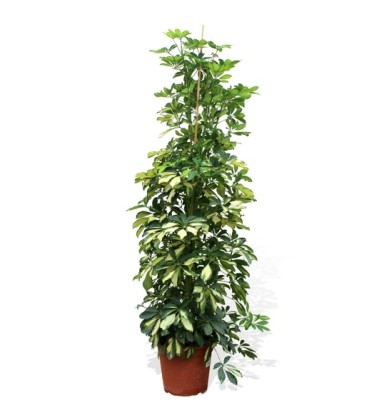
And we say this because, in terms of irrigation, the schefflera tolerates a lack of water reasonably well and especially suffers from an excess of it. For this reason we will have to water it rather little, always in small doses and checking before doing so that the substrate is dry. Since waterlogging is one of its main enemies, we will have to check that the pot in which it is planted has good drainage that allows all the water that the plant does not absorb to be eliminated at each watering. And, of course, forget to leave a bottom plate with her after watering.
But if it demands little water as far as the substrate is concerned, it is not the same as far as the environment is concerned. The ideal for the schefflera is one with a certain degree of environmental humidity, although it tolerates living in a drier space, such as the one created inside our homes during the winter due to heating. If you have it in such a space, it is advisable to help it feel better by spraying water on its leaves.
2. Place it in a very bright space with a good temperature
Since it is a tropical plant, light is a fundamental aspect for the health of the schefflera. In case it doesn’t have the amount it needs, the plant will let us know by throwing away the leaves. To avoid this, we will have to place it in a room with lots of light. What’s more: unlike other indoor plants, it does tolerate direct sun in the winter months.
Another important aspect of schefflera care is heat. Its ideal temperature is 21 degrees, although we can keep it without problems in a fan between 15 and 25. It is also important that we keep it away from drafts.
3. Pamper it with a good substrate, fertilizer and small pruning
As we have mentioned other times, both the pot and the substrate are the home of our plants. A compelling reason for us to choose correctly which ones they need from among the different types of pots and soils.
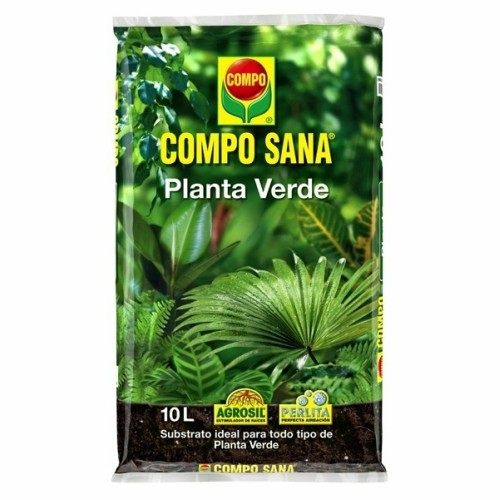
In the case of the schefflera, the ideal is to opt for a fertile substrate that does not cake and drains properly. In addition and given its growth, the ideal is that we transplant it annually to ensure that it has the space it needs to grow and renewed soil to do so. To help with drainage, it is recommended that we opt for a clay pot as it will help the soil to perspire.
If it is not demanding in that aspect, it is more demanding when it comes to subscription. Ideally, during the growing season, we use a liquid fertilizer for green plants as part of the irrigation water. During the rest of the months of the year, it will suffice for this contribution to be monthly. If we detect that dry spots appear on the leaves, we will have to stop fertilizing.
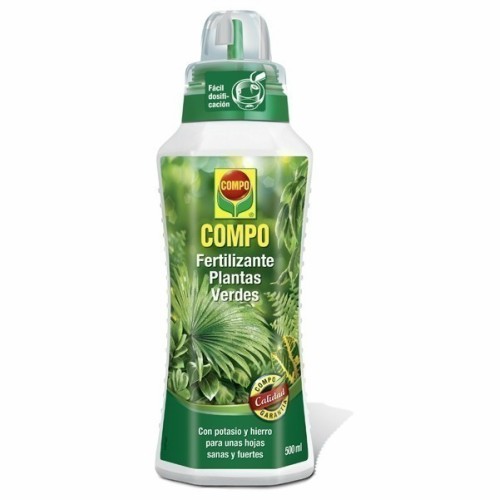
As far as pruning is concerned, the schefflera tolerates well that we remove some of its branches, either because they are sick or because we want to shape the plant.
4. Keep your leaves clean
As we saw when reviewing the care of indoor plants in winter, regular cleaning of leaves is essential for their proper well-being. It is important to remember that it is through them that the plants absorb light, so in the case of the schefflera it is also advisable to keep its leaves clean.
Although we can simply clean them with a damp cloth, it is always better to spray the plant with warm water before removing the dust. In this way, we will also be helping that environmental hydration that it needs.
5. Pay close attention to schefflera pests
If we follow the care of the schefflera to the letter, it will be frankly rare for it to be attacked by a pest. However, if the plant is not in perfect condition, it can be the target of some of the most common pests: cottony mealybug, red spider mite or aphid, whose presence on the plant is coupled with the black fungus.
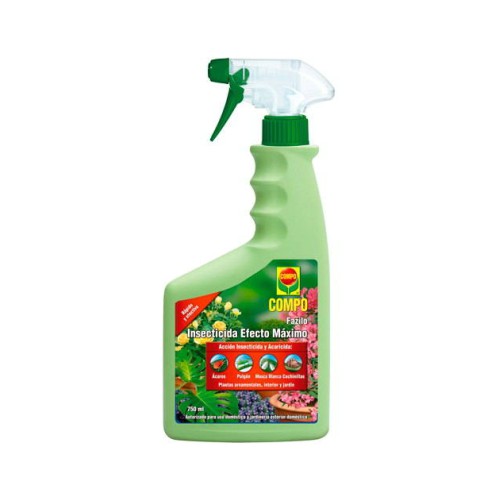
In addition, and if we exceed the irrigation, we will be favoring the appearance of fungi.
And with these simple care of the schefflera, we can enjoy its benefits: its thick and colorful leaves; and its character as an ornamental plant, capable of putting a tropical point in the decoration of our house without requiring too much care.
A perfect indoor plant for any environment and suitable for any nature lover.

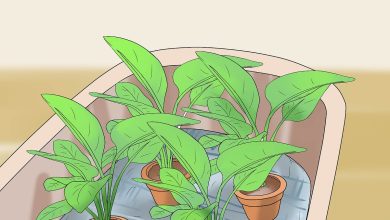

![Photo of Plant Sarsaparilla: [Cultivation, Irrigation, Associations, Pests and Diseases]](https://www.complete-gardening.com/wp-content/uploads/2022/08/plant-sarsaparilla-cultivation-irrigation-associations-pests-and-diseases-390x220.png)
![Photo of Prune Ficus Ginseng: [Importance, Time, Tools, Considerations and Steps]](https://www.complete-gardening.com/wp-content/uploads/2022/08/prune-ficus-ginseng-importance-time-tools-considerations-and-steps-390x220.jpg)